The US National Park System, often called “America’s best idea,” is grappling with a paradox of popularity: record visitation is straining fragile ecosystems and overwhelming infrastructure, threatening the very “unimpaired enjoyment” the parks were created to protect. With annual visits now consistently topping 300 million, the National Park Service (NPS) is executing a seismic shift in visitor management strategies that prioritizes resource protection and visitor experience over spontaneous access. This new approach involves a multi-pronged strategy encompassing sophisticated timed-entry systems, controversial differential pricing for international guests, and a concerted push to manage vehicular traffic. The era of simply arriving at a park during peak season and expecting an uncrowded experience is rapidly drawing to a close, replaced by a mandate for advance planning, reservations, and a user-supported funding model designed to address a growing $24 billion maintenance backlog.
The Planning Mandate: Timed-Entry and Permit Systems
The most immediate and widespread change across the most popular national parks is the implementation of mandatory timed-entry or reservation systems during peak season. This strategy aims to curb the overwhelming congestion that was resulting in miles-long entrance queues, overflowing parking lots, and frustrating, diminished visitor experiences.
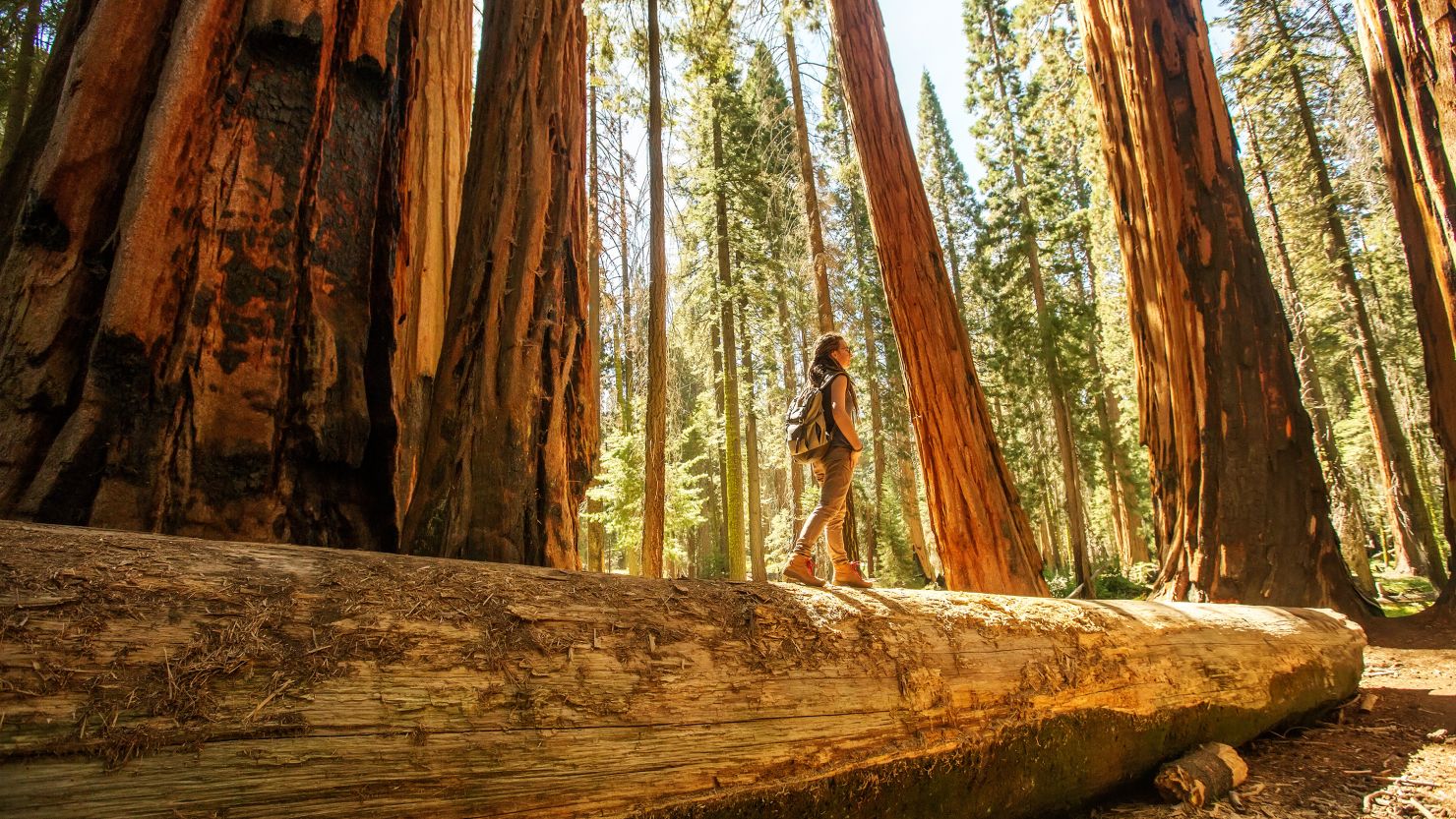
Parks like Rocky Mountain National Park have been at the forefront, requiring visitors to secure permits months in advance for specific two-hour entry windows, especially for high-demand corridors like Bear Lake Road. Similarly, Arches National Park utilizes a reservation program to better distribute visits throughout the day, mitigating traffic jams and minimizing the impact on fragile desert landscapes. The goal is not merely to limit total numbers, but to regulate the timing of access, eliminating the “tidal wave” effect that overwhelms hot spots around mid-day. While initial responses from visitors accustomed to spontaneous travel were mixed, many park-goers have reported that the reservation systems have drastically improved their experience, allowing them to find parking, enjoy quieter trails, and fully appreciate the serenity of the natural environment, thus validating the effectiveness of controlled access.
The Financial Firewall: Differential Pricing for International Visitors
A major component of the National Park Service’s strategy to address its chronic underfunding and massive deferred maintenance backlog is the controversial proposal for differential pricing targeting international visitors. Citing an executive order, the Department of the Interior is tasked with developing a system to levy a surcharge on non-US residents for entry and recreation passes at fee-collecting parks, with a goal of generating substantial additional revenue, potentially exceeding $90 million annually.
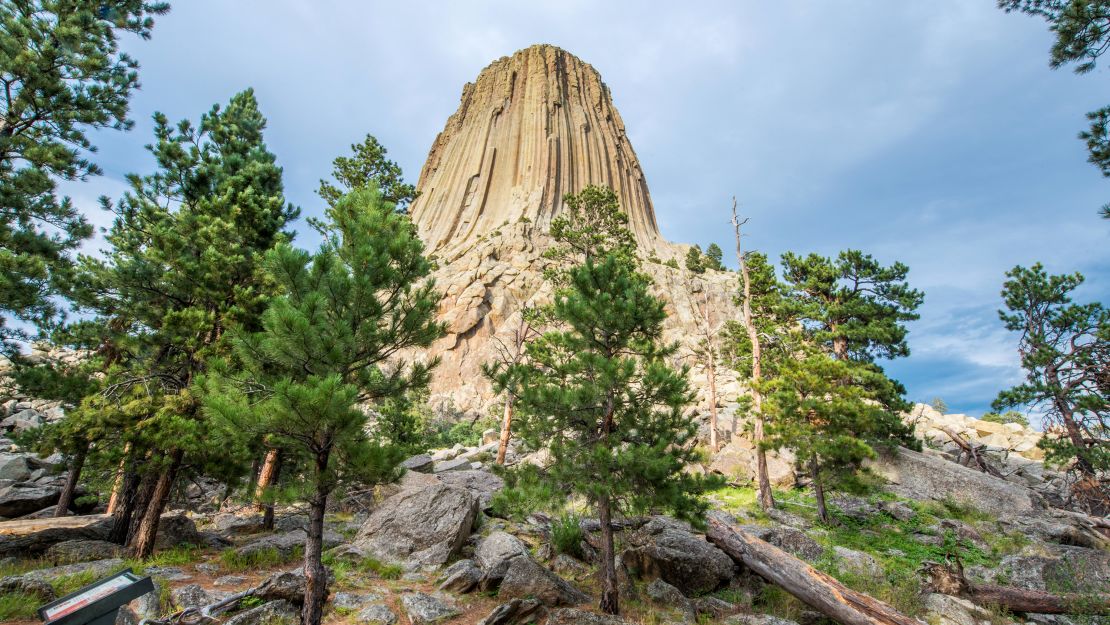
Proponents of this strategy argue that international guests, who represent a meaningful share of tourism at marquee destinations like Yellowstone, Yosemite, and Glacier, currently pay the same standard entrance fee as US residents who also contribute through federal income taxes. By adopting a policy common in conservation-focused destinations worldwide—from Costa Rica to South Africa—the parks can create a sustainable, user-supported revenue stream to fund essential maintenance and conservation projects. While some critics express concern that the surcharge could deter foreign tourism, economic analyses suggest that even a significant fee increase would result in only a marginal decrease in visitation, proving that international visitors are generally willing to pay a reasonable price to protect America’s unique national treasures.
Prioritizing Access: Preferential Treatment for US Residents
The same executive order mandating differential pricing also introduced a marked shift in access policy by instructing the Department of the Interior to provide “preferential treatment” for US residents in specific recreational access rules. This policy aims to place US citizens first in line for high-demand, limited-access opportunities, such as:
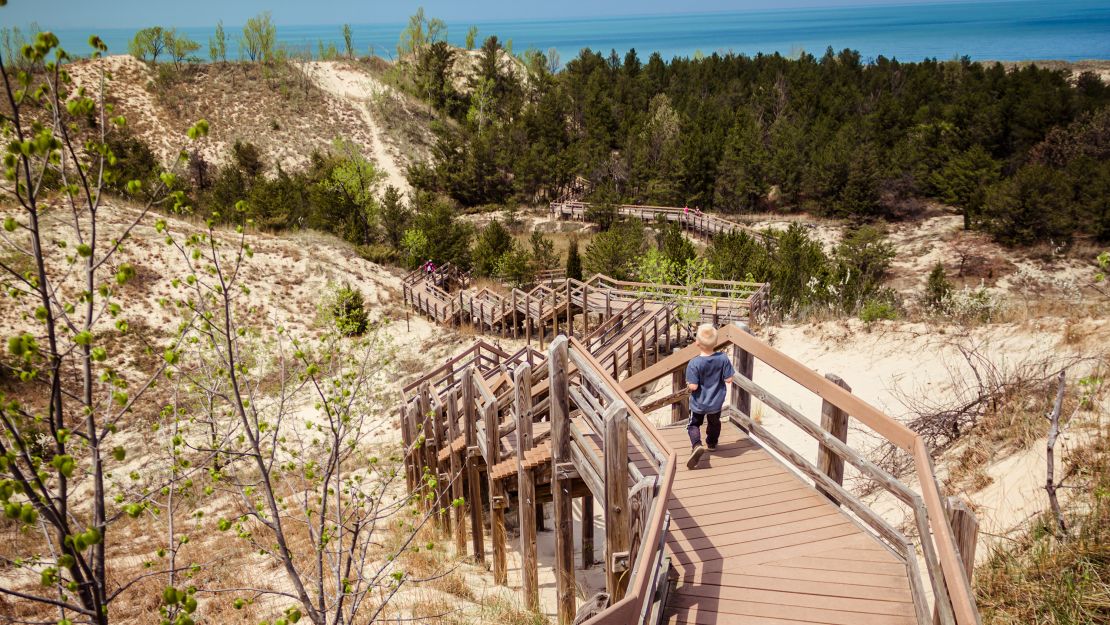
Lottery and Permitting Systems: US residents would receive priority in lotteries for iconic, quota-restricted hikes, like Angels Landing in Zion National Park, or for wilderness camping permits. Reservation Queues: The policy could give US citizens priority in reservation queues for front-country campsites, in-park lodging, or limited-entry scenic drives, such as Glacier’s Going-to-the-Sun Road.
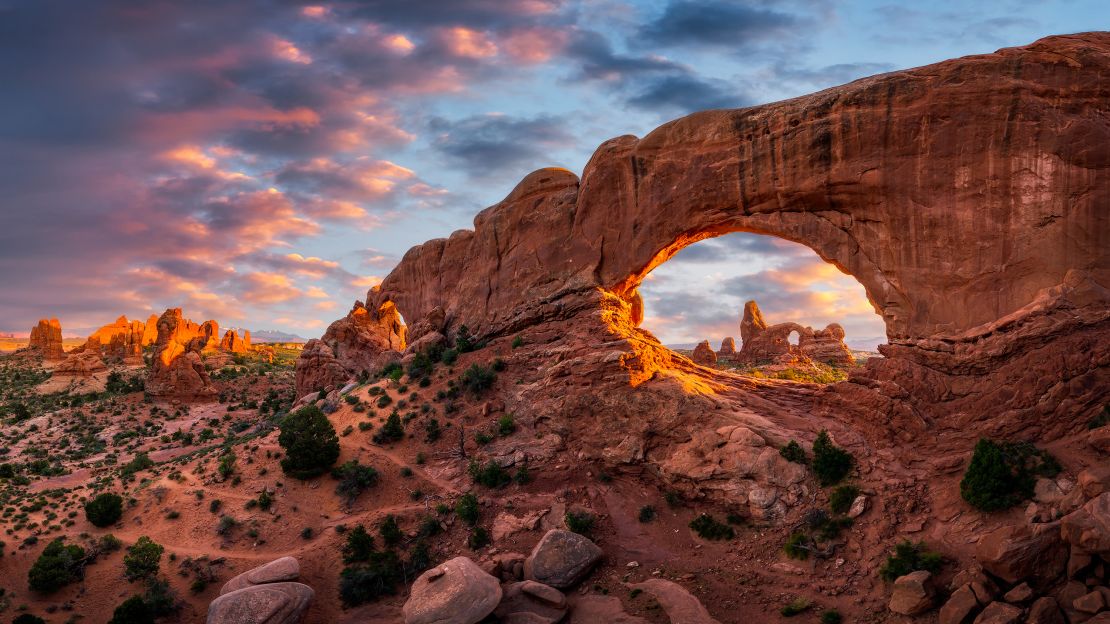
This policy is designed to reinforce the notion that Americans, as taxpayers who fund the park system, should have guaranteed or enhanced access to their national heritage. This move, however, signals a departure from the traditional principle of equal access for all visitors and has ignited an ongoing debate regarding the spirit of inclusivity versus the practical necessities of resource funding and allocation.
Addressing the Root Cause: Vehicle Management and Transit

Beyond entry systems and fees, the long-term sustainability of many popular parks hinges on fundamentally changing how visitors move through them. Historically, parks addressed congestion by simply adding more parking lots or expanding entrance stations, a strategy that often proved counterproductive by inviting even more traffic.
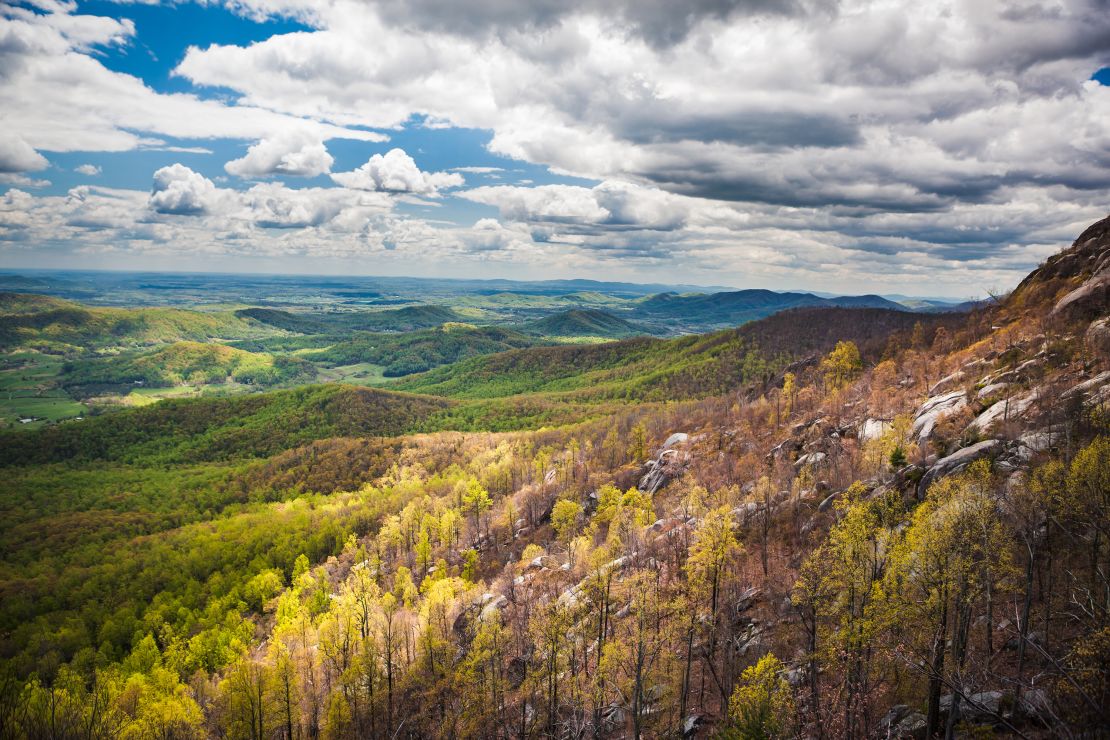
Now, parks are focusing on eliminating the private vehicle from the most congested areas through strategic use of transit and shuttle services. Zion National Park, for example, already restricts private vehicle access to its main canyon during high season, forcing visitors to use the free, efficient public shuttle system. Other parks, including Grand Canyon and Yosemite, also rely on extensive transit networks to move hundreds of thousands of visitors efficiently, reducing both traffic congestion and carbon emissions. Moving forward, the NPS aims to integrate advanced planning, better data analysis on visitor flow, and increased capital investment in robust, modern transportation systems to effectively manage volume without causing irreversible resource damage at critical “hotspots” that are often within a quarter-mile of a parking lot.




